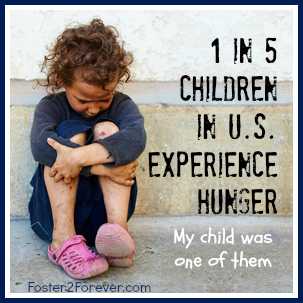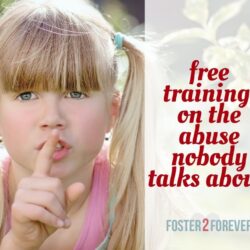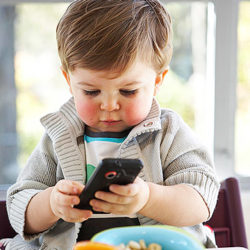More than one in five children (including one in four Latino children) in the U.S. may not know where their next meal is coming from — nearly 16 million children experience child hunger!
Children who experience even intermittent struggles with child hunger may suffer serious, long-term consequences to their health, well-being and educational achievement. I know these effects first hand!
Our son experienced child hunger before being placed in foster care.
When our toddler’s tantrums morphed into rages as he got older, as parents, we felt more and more hopeless — we didn’t know what was going on in our little boy’s brain! We were frightened that our son could have serious psychological issues. However, thanks to Empowered to Connect, we began to realize that our son’s rages were associated with hunger.
Due to our son’s early neglect and experience of child hunger, his little brain had been rewired to believe: “when I’m hungry, I might not eat, I might die” which can trigger the fear response of fight or flight. (our son is a fighter) Once we realized our son’s fits were associated with child hunger, we have been able to help him by giving him a quick snack to reset his blood sugar. We have now reduced our strong-willed son’s fits by 95%!!!
That’s why child hunger is an important topic to me! I’m proud to be partnering with ConAgra Foods to help build a community of people to make a difference and help donate up to 7 million meals through P&G’s Child Hunger Ends Here campaign.
To learn more about how you can help end child hunger, join the Child Hunger Ends Here Facebook page or connect on Twitter or Instagram!
How do your children respond to hunger?
Disclosure: I participated in this important program on behalf of ConAgra Foods and The Motherhood, but this is my true experience of child hunger.





